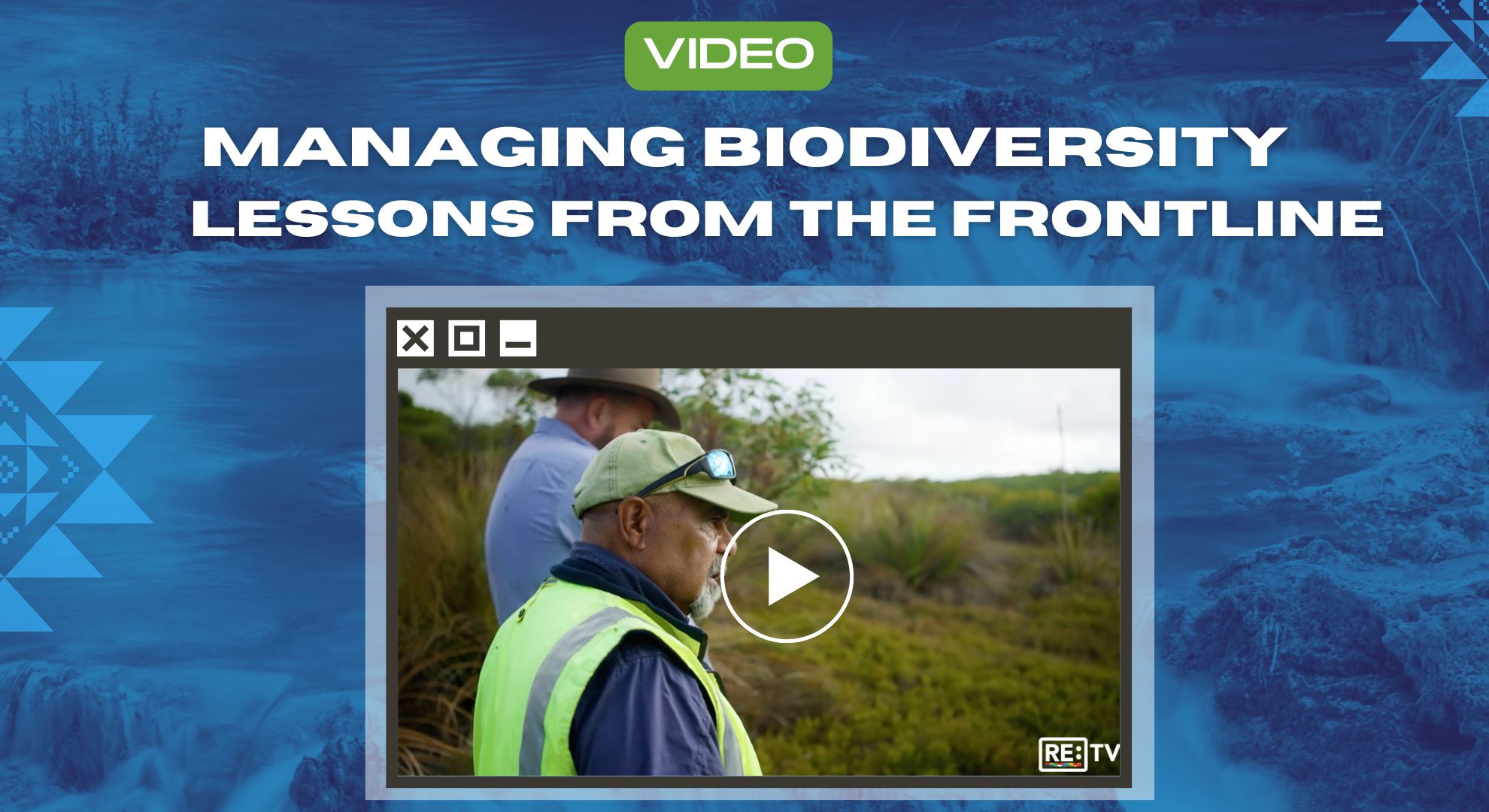A RE.TV Production
Managing Biodiversity
How indigenous people are adapting to the climate crisis
Indigenous people are only 6% of the global population, yet are responsible for protecting most of Earth's biodiversity, and so are at the frontline of climate change. There is a lot to be learnt from their relationship with nature as we adapt to our changing environment.
Indigenous communities around the world are sharing their knowledge and insights to increase the reach and impact of their work restoring and managing the ecosystems they depend on. In Australia's Cooring, near Adelaide, a partnership between the Ngarrindjeri people and Cassinia Environmental is harnessing the potential of carbon markets to restore the local ecosystem. In Brazil's Xingu National Park, in the heart of the Amazon, the Ikpeng’s Yarang women are using their traditional knowledge to reforest this crucial landscape. In Canada, the Squamish Nation of British Colombia has partnered with BluEarth Renewables on a run of river hydro-project, generating electricity and employment with minimal impact on the environment.
These approaches can be refined for use in other environments, Making technology and funding more widely available to indigenous people will help accelerate the scaling up of these solutions, emulating the natural processes of adaptation and evolution that has sustained complex, biodiverse ecosystems on our planet for millennia. And if we lose biodiversity, then we also lose humanity.


